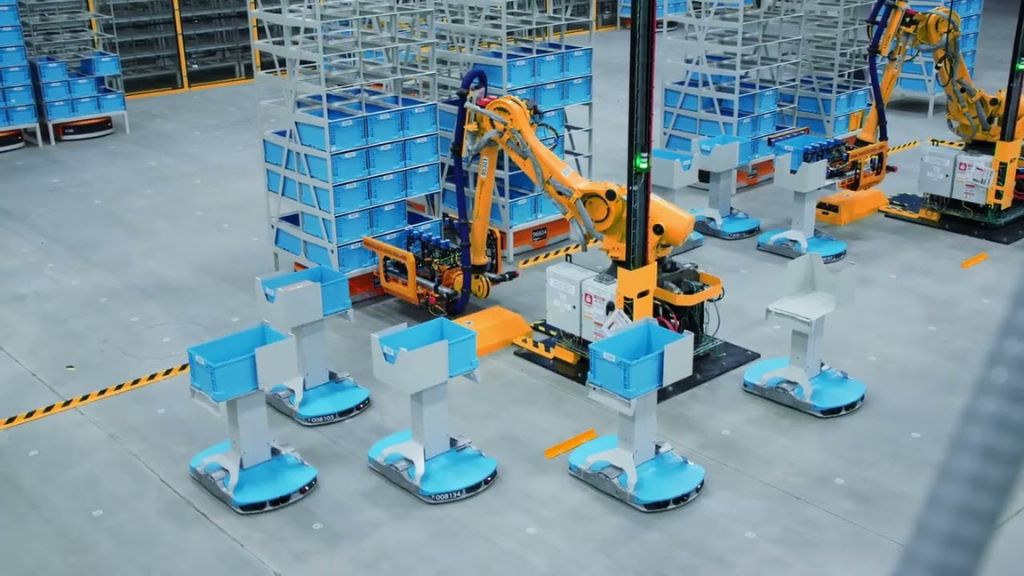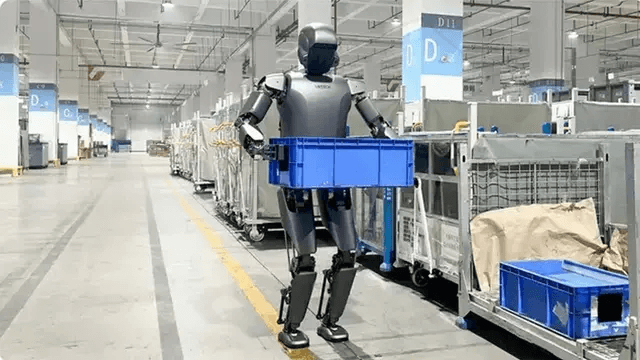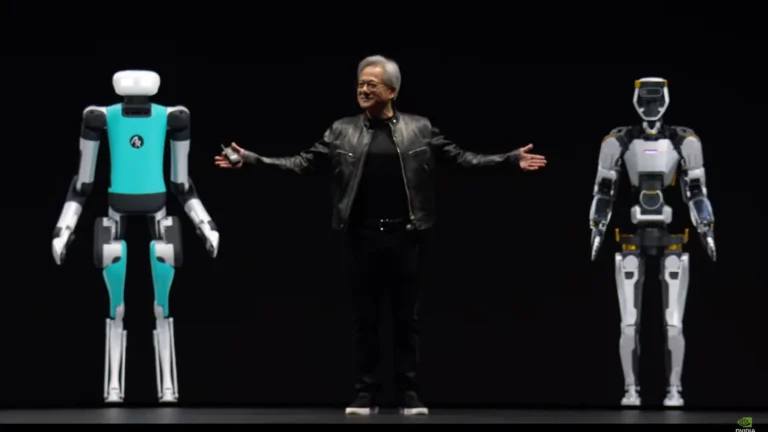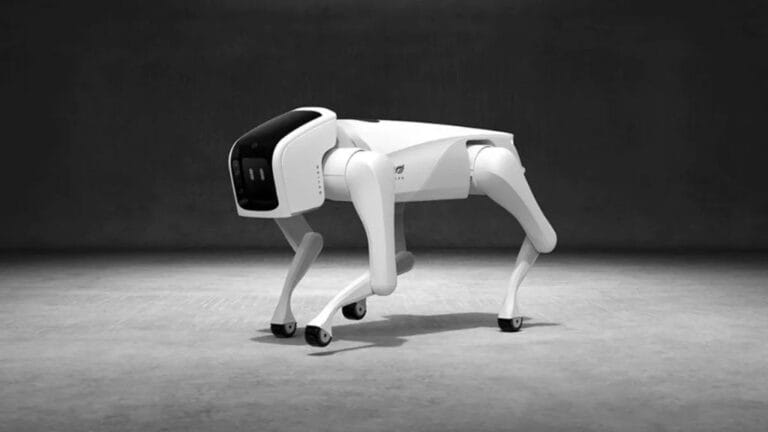
In the fast-paced world of logistics and supply chain management, efficiency and speed are critical to success. Over the past decade, one revolutionary advancement has begun to redefine how warehouses operate: robots. From autonomous machines that can pick, pack, and sort goods, to sophisticated systems that can organize entire inventories, robots are taking over warehouse work in ways that were once unimaginable.
The Rise of Warehouse Automation
The need for automation in warehouses has grown alongside the e-commerce boom. Companies like Amazon, Walmart, and Alibaba handle millions of transactions every day, requiring rapid order fulfillment to meet rising customer expectations. Robots have become a key solution to this demand, enabling businesses to scale their operations without being restricted by human labor capacity.
In the early stages, robots were seen primarily as tools to assist workers, but today, they are more autonomous than ever. Warehouse robots come in various forms—automated guided vehicles (AGVs), robotic arms, and collaborative robots (cobots)—each with specialized functions. Their role has expanded from assisting human workers to taking over repetitive tasks entirely, leading to the automation of entire processes.
How Robots Are Transforming Warehouse Work
- Increased Efficiency and Speed
One of the biggest benefits of using robots in warehouses is the boost in efficiency. Unlike human workers, robots don’t tire or need breaks, and they can operate 24/7. Robots equipped with advanced AI and machine learning algorithms can quickly process data, adapt to new tasks, and optimize their performance in real-time. This level of efficiency allows for faster order processing, improving customer satisfaction by ensuring quicker delivery times. - Cost Savings
While the initial investment in robotics may be significant, the long-term cost savings are considerable. Robots reduce the need for a large human workforce, cutting down labor costs, insurance, and turnover expenses. Additionally, robots are far less likely to make errors compared to humans, reducing costly mistakes in sorting, packaging, or labeling. - Safety in the Workplace
Warehouses are often environments filled with heavy machinery, fast-moving goods, and complex logistics operations, posing risks to human workers. Robots can take on dangerous tasks, such as handling hazardous materials or operating in extreme temperatures, thus reducing workplace accidents and injuries. This makes the warehouse a safer environment overall, allowing humans to focus on more strategic and less physically demanding roles. - Optimizing Space and Inventory Management
Autonomous robots, such as AGVs, can move through narrow aisles and make use of vertical storage space more effectively than human workers. This allows businesses to maximize their warehouse space, leading to better inventory management. These robots are also integrated into warehouse management systems (WMS), enabling real-time tracking of inventory and streamlining the supply chain. - Scalability
During peak seasons, such as the holiday shopping period, warehouses face significant pressure to meet demand. With robots in place, businesses can scale operations rapidly by simply increasing the number of machines at work. This flexibility allows companies to handle sudden surges in demand without overburdening their workforce.
Are Robots Replacing Humans?
While the rise of robots in warehouses might raise concerns about job displacement, the reality is more nuanced. Automation does replace some manual jobs, but it also creates new opportunities in technology maintenance, software development, and AI-driven logistics. In many cases, robots and humans work side-by-side, with robots handling repetitive tasks and humans taking on more complex decision-making roles.
The Future of Warehouse Automation
As technology advances, the capabilities of warehouse robots are expected to expand even further. Emerging trends, such as AI-powered robots with enhanced decision-making abilities and fully autonomous warehouses, are already on the horizon. In the near future, we may see warehouses where robots independently manage every aspect of operations—from receiving and storing inventory to processing and shipping orders—without human intervention.
For businesses, the adoption of robotics is no longer a matter of “if,” but “when.” Those that embrace automation early will gain a competitive edge in efficiency, cost-effectiveness, and scalability.
Conclusion
Robots are undeniably taking over warehouse work, transforming the logistics industry in profound ways. The integration of robots in warehouses offers significant benefits, including enhanced efficiency, lower costs, and improved safety. As technology continues to evolve, so too will the capabilities of robots, reshaping the future of warehousing and supply chain management. In this new era of automation, robots are not just a trend—they are the future of logistics.






